Seven Animals That Would Have Gone Extinct If It Hadn’t Been for Zoos
Humans have this incredible ability to destroy the world around them. As a result, habitat loss has become one of the greatest threats – and causes – behind animal extinction. Thankfully, zoos and wildlife sanctuaries have taken it upon themselves to save these some of the most vulnerable creatures from complete extinction.
Here is a list of seven animals that would be lost forever, had it not been for zoos.
Golden Lion Tamarin
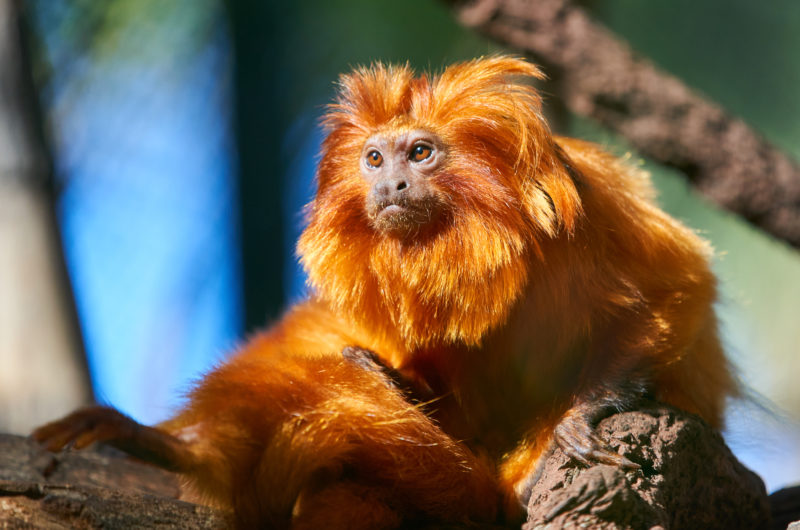
These cute little guys were at risk of extinction due to the destruction of their natural habitat, particularly the Brazilian rainforest. Habitat loss reduced the golden lion tamarin’s natural range to a tiny two percent, and by the 1960s, it was estimated there were only 200 left in the wild.
Golden lion tamarins were also struck by a yellow fever epidemic, reducing the population from 3,700 to 2,500. Efforts to regrow the rainforest and the development of vaccines to fight yellow fever have helped restore the primate’s population.
Additionally, thanks to rehabilitation efforts, the golden lion tamarin’s zoo population has grown to approximately 500, allowing for 146 to be released back into the wild over the course of 15 years.
Amur Leopard
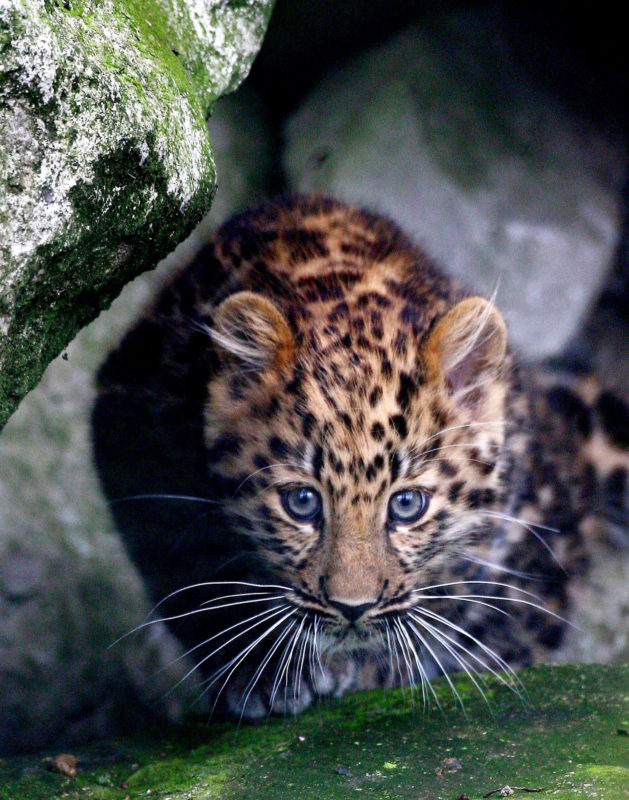
The Amur leopard became one of the world’s most critically-endangered species, dipping down to a mere 30 living in the wild. Their fur coat is valuable to poachers, and habitat loss accompanied by the sharing of their territory with other predators caused their vulnerable population to dwindle.
Efforts to grow the Amur leopard population began in full force, with nations like the United States, China and Russia working together to make sure we don’t lose this furry little friend forever. Thanks to these efforts, the leopard’s population has risen to several dozen in the wild, with an estimate of over 100 now roaming their natural habitat.
Peregrine Falcon
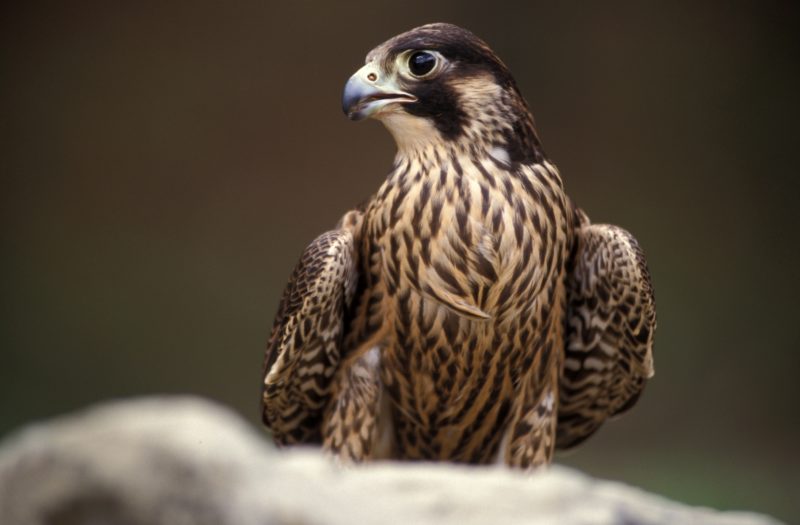
Known as the fastest animal on the planet, the peregrine flacon can reach speeds of up to 200 MPH when diving after prey! Not only are they fast, they’re versatile, as well. These birds have been spotted on every continent, except Antarctica, making them a deadly predator everywhere. Unfortunately, their population has reduced dramatically due to pesticide use.
Pesticides sprayed over farmland are ingested by the peregrine falcon’s prey and subsequently become ingested by the birds themselves. This causes their eggs to degrade and prevents new chicks from hatching. Thankfully, a breeding program that’s been in place since 1972 has seen approximately 6,000 peregrine falcons be released into the wild.
Sea Otter
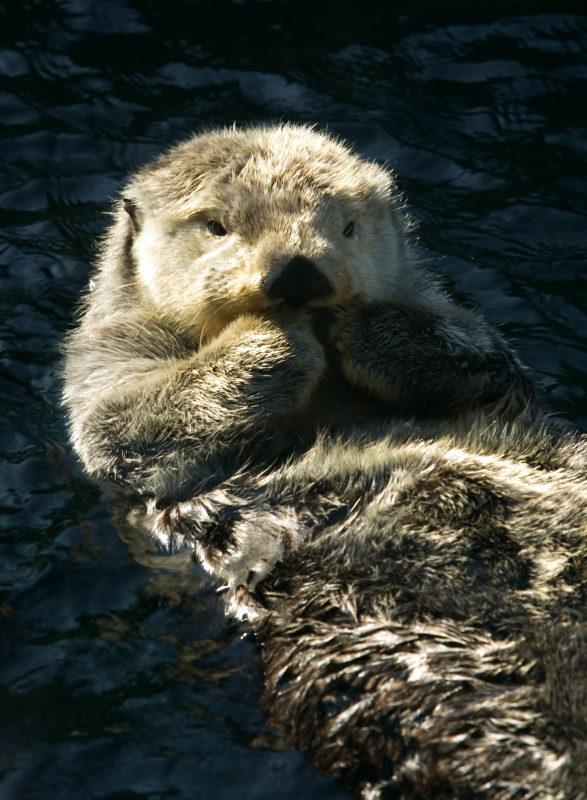
We couldn’t believe it when we saw that one of the cutest animals out there had almost gone extinct. The sea otter is an essential member of its ecosystem, keeping kelp forests alive, thanks to its diet of sea urchins and crabs. Unfortunately, during the 18th and 19th centuries, the species was heavily hunted and thought to be extinct by the early 1900s.
When 50 sea otters popped up near Big Sur, California, the Monterey Bay Aquarium began a species restoration program that nursed pups before they could be released into the wild. Thanks to these and other efforts, around 3,000 now live off the coast of California.
Black-Footed Ferret
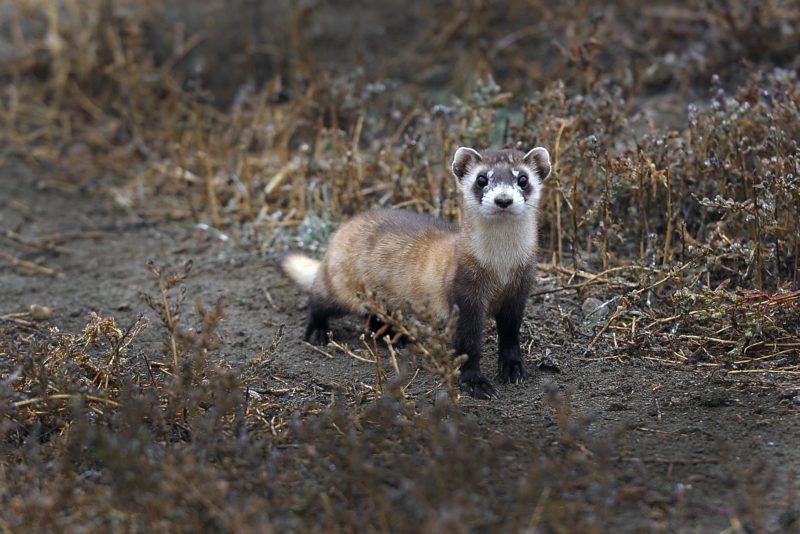
The feared predators of the prairie dog, black-footed ferrets once roamed the American plains, but were reduced to the brink of extinction. Habitat loss, plague and a critical decrease in the prairie dog population caused the species’ reduction in the wild. In 1981, a small population of black-footed ferrets were found, giving way to a serious and effective rehabilitation program.
By 1988, the black-footed ferret was already being reintroduced into the wild, an effort spearheaded by the Smithsonian Conservation Biology Institute. A total of 1,059 have been reintroduced into the wild, 139 of which were born from artificial insemination.
Beyond this, other institutions have also aided in the effort to rehabilitate the population, with over 7,000 ferrets born and 2,600 reintroduced into the wild.
American Red Wolf
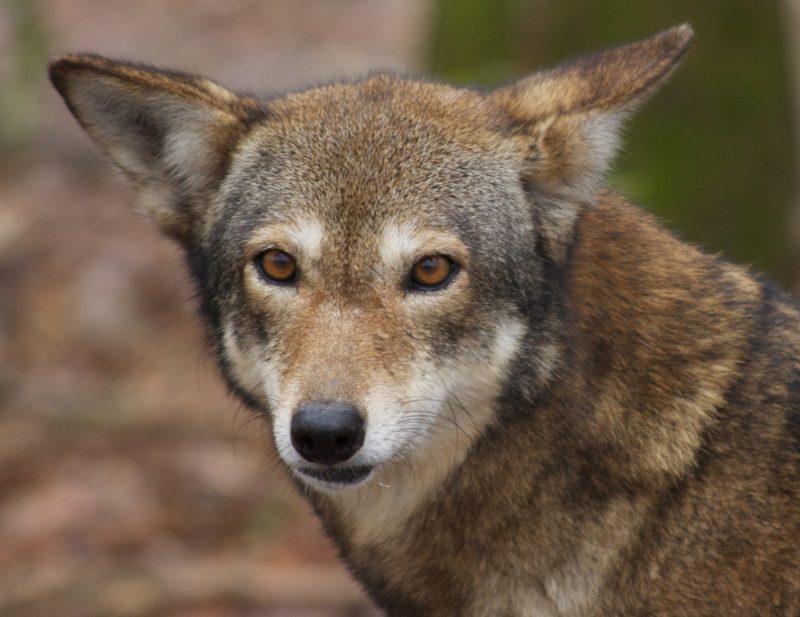
The American red wolf was actually declared extinct in 1980. The canine once roamed from the Gulf of Mexico all the way to Pennsylvania. A small population of just 14 remained, allowing conservationists to step in and try to increase the population.
Habitat loss, illegal hunting and cross-breeding with coyotes caused the demise of the American red wolf. Thankfully, the Species Survival Program began to rebuild their population. A number of wolves have already been reintroduced into the wild, but the population continues to fluctuate between seven and 120.
Those in captivity keep their numbers strong, with around 243 being cared for.
Panamanian Golden Frog
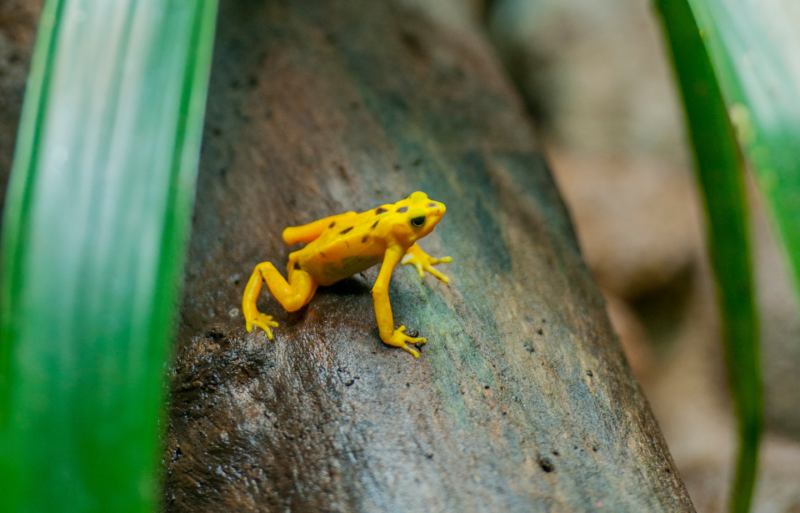
These tiny little critters could very well be extinct in the wild, given how small they are. Despite laying between 200 and 600 eggs at a time (and the fact they are extremely poisonous), the Panamanian golden frog, along with virtually all other amphibians, is at risk of complete extinction.
More from us: The Seven Most Extreme Mountain Bike Races in the World
The greatest cause of its potential extinction is habitat loss. The destruction of the amphibian’s home has caused many to believe the Panamanian golden frog no longer exists in the wild. With this in mind, the Maryland Zoo began a breeding program and was the first to successfully breed the frog in captivity, which is great news for all amphibians everywhere.





